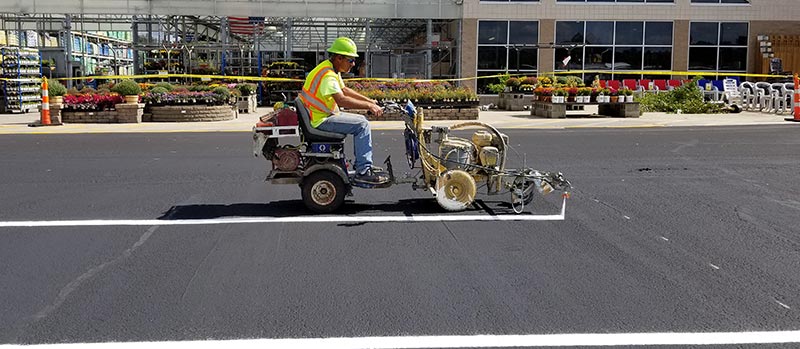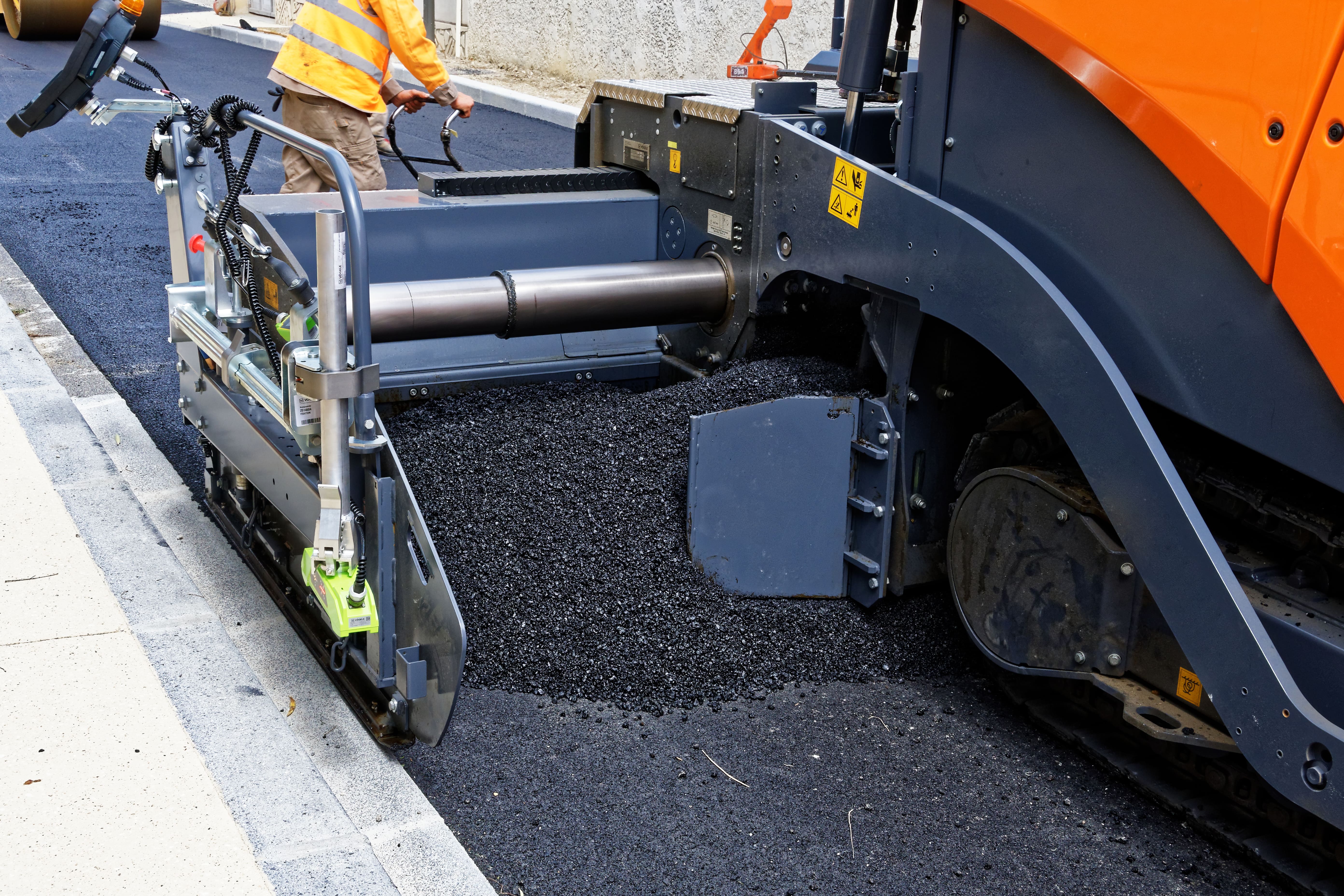Unknown Facts About A1 Professional Asphalt & Sealing Llc
Table of ContentsThe Facts About A1 Professional Asphalt & Sealing Llc UncoveredExcitement About A1 Professional Asphalt & Sealing LlcThe 8-Minute Rule for A1 Professional Asphalt & Sealing LlcMore About A1 Professional Asphalt & Sealing LlcIndicators on A1 Professional Asphalt & Sealing Llc You Should Know

The oil in an automobile engine is not just oil. The REOB has all the ingredients that were in the waste oil as well as the wear steels from the engine (mainly iron and copper).
Nevertheless, by making many blends making use of various REOB examples and various asphalt binders, the variations mainly can be averaged out. Numerous States offered examples of well-known REOB make-up to TFHRC researchers, who analyzed the samples to compare the percent of included (understood) REOB to the located (checked) quantity. The analyses showed an equivalent percent of added and discovered REOB.
The 30-Second Trick For A1 Professional Asphalt & Sealing Llc
None of those States realized that the asphalt they were buying contained REOB. One State insisted its samples had no REOB - https://www.blogtalkradio.com/a1asphaltsealng.
Of the 1,532 examples evaluated, 12 percent included REOB, and some consisted of substantially high degrees of it at 1020 percent. The greatest degree was 34 percent in a sample from Texas, which TxDOT had actually made use of in a patching substance. This screening additionally revealed the presence of phosphoric acid in 11 percent of the samples, and 2 percent included ground tire rubber.
Two years back at TRB's annual conference, the Federal scientists held an REOB workshop and offered the searchings for of their research laboratory examinations to a standing room-only group. Some firms do not particularly outlaw REOB, they do impose physical tests that preclude its useeffectively a restriction. Others do not outlaw it by requirements, however have arrangements with asphalt suppliers to stay clear of using REOB
Examine This Report on A1 Professional Asphalt & Sealing Llc
A handful do permit REOB, some within particular restrictions. As an example, Ohio and Texas restriction levels to much less than 5 percent of the asphalt. To develop a trusted test method that all States can utilize, the TFHRC scientists established a round-robin examination plan. The participants are 11 State freeway companies (Illinois, Massachusetts, Minnesota, Mississippi, Montana, North Carolina, Oklahoma, South Carolina, Texas, Vermont, and Wyoming), 2 independent screening laboratories, the Ministry of Transportation in Ontario, Queen's College in Ontario, and an Ontario paving contractor.
The individuals are checking the examples individually using the guidelines offered by the TFHRC scientists. The output will certainly be a recommended AASHTO test method that any type of State can adopt and make use of.
The pavement with REOB, which lies 0.6 mile (1 kilometer) from the sidewalk without REOB, has identical subgrade, web traffic density, and environment. The sector of Highway655 with 5 to 10 percent REOB revealed substantial breaking. In this instance, the presence of REOB was the determined reason for breaking at a low temperatures.
"In our experience in Canada, even small amounts of 23 percent can be a problem." An area of examination pavement in Minnesota (MN1-4) found to include REOB likewise fractured prematurely. The sidewalk performed well for the initial 3 to 4 years, however after that began to crack. This pavement is additionally subject to low temperatures.
A1 Professional Asphalt & Sealing Llc for Dummies
The examinations were not considerable, however they revealed that at levels of 6 percent or even more, the tensile stamina of the asphalt went down substantially. At a level of 3.5 percent REOB, the variant in the physical examination methods was more than the result of REOB. Actually, it was tough for scientists to evaluate whether REOB existed.

One binder parameter thought about is the distinction between the reduced temperature level critical requirements temperature level for stiffness (S) in the bending beam rheometer and the bending light beam rheometer creep slope (m-value) kept in mind as Tcritical. TC = TC (S) TC (m-value). Examination of this parameter is still continuous. 2 independent study teams, one from AASHTO and the other from the Asphalt Institute, concluded that even more study is required on the use of REOB in asphalt.
Previously, all asphalt testing gauged engineering properties such as rigidity. These tests do disappoint what products had been contributed to the asphalt. One sample gotten throughout the TFHRC research had a very weird evaluation. The sample had the complying with test outcomes: Superpave PG 64-28 with a high temperature level grade of 67.3 Tcritical on the bending beam of light rheometer was 6.7 levels Celsius.

Getting My A1 Professional Asphalt & Sealing Llc To Work
These outcomes show there are weaknesses in the standard design screening protocols that may be exploited. The manufacturer might have an economic benefit and the item passes all the standard examinations, yet the item might not be beneficial to making sure lasting efficiency. To resolve this issue and the growth of brand-new asphalt ingredients and extenders, TFHRC is beginning a research program to utilize portable spectroscopic tools, x-ray fluorescence spectroscopy, and Fourier transform infrared spectroscopy to allow analyses to be performed in the area instead than needing to take samples back to the lab.